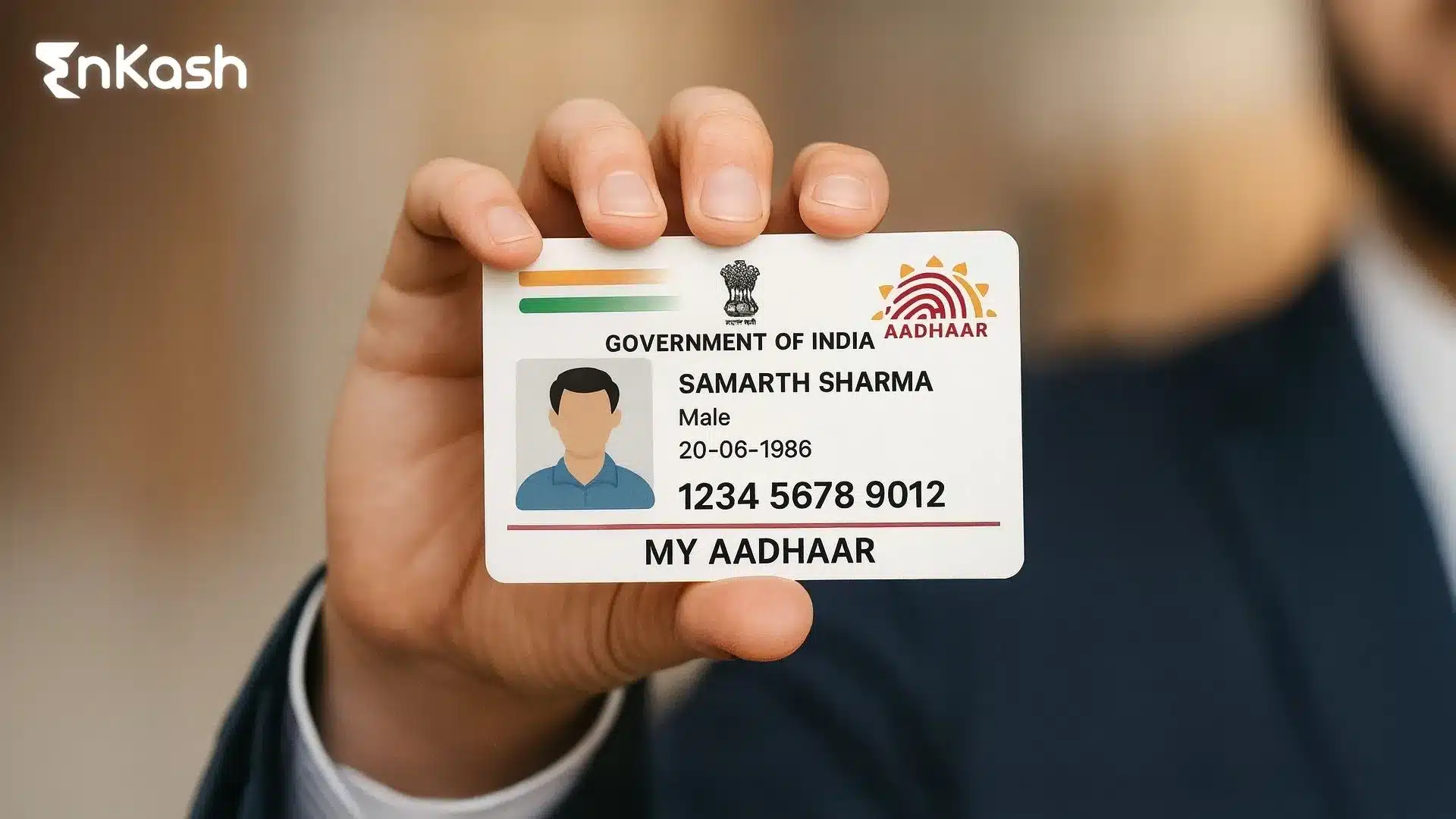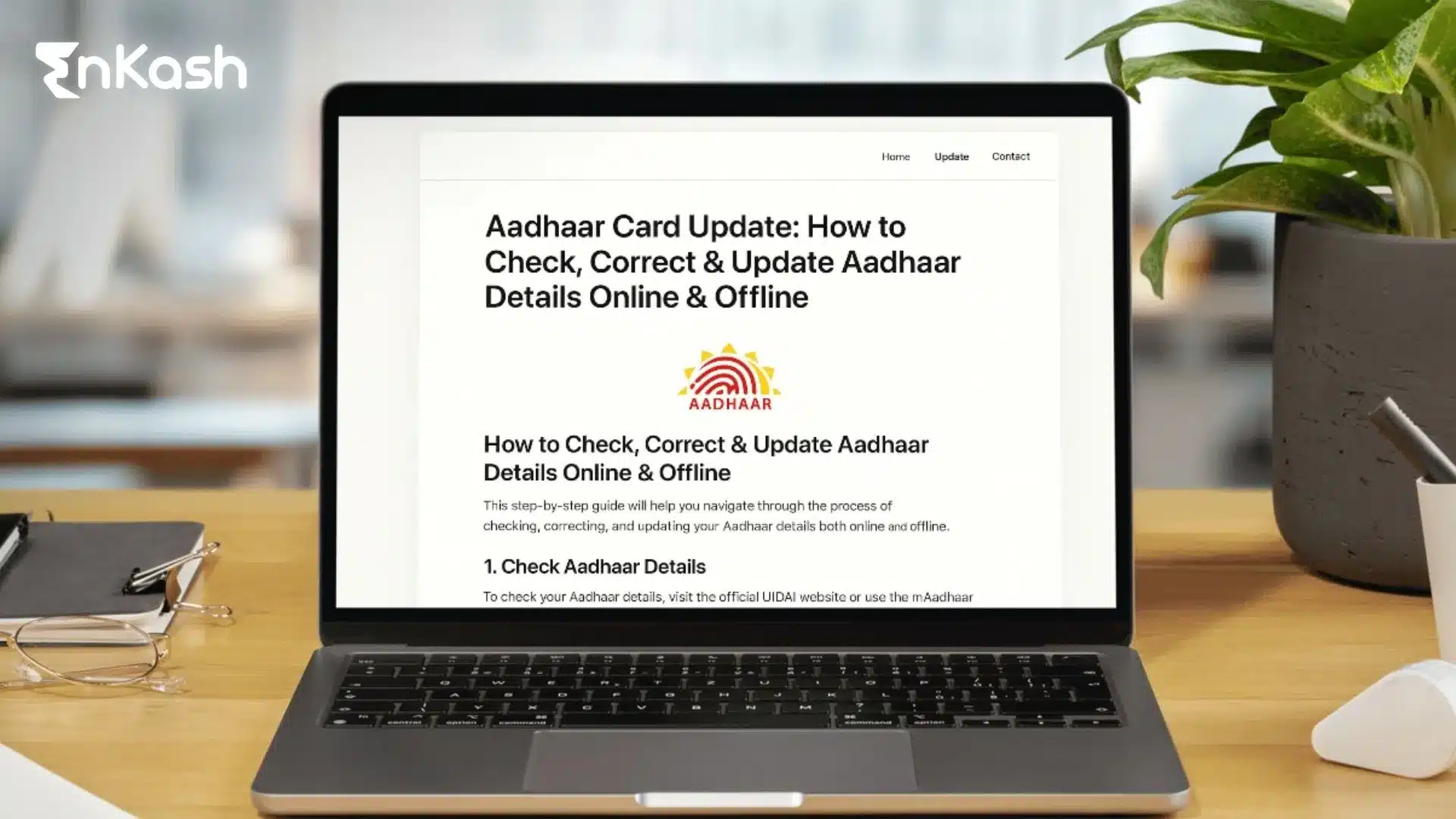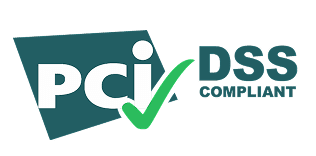Goods Receipt Note (GRN), commonly referred to as Goods Receipt Note, is a procurement document used to confirm the delivery of goods from the supplier to the buyer after being taken from the carrier. This document confirms that the goods received correspond with the original purchase order in terms of quantity and quality. GRN helps manage inventory, record keeping, dispute resolution, and three-way matching of purchase orders, invoices, and goods received. GRN automation helps reduce paperwork errors and improve efficiency.
What is GRN Full Form & Meaning?
GRN Full Form: Goods Receipt Note
A Goods Receipt Note (GRN) is an official document used by businesses to confirm receipt of goods ordered from a supplier. It serves as proof of delivery and helps ensure that the quantity, quality, and specifications of the items match those specified in the purchase order (PO).
GRN Meaning in Simple Terms
In simple words, a GRN is a written acknowledgment that goods have been received in proper condition. It is created by the store or warehouse department after verifying the delivered items. The GRN helps in:
- Updating inventory records
- Triggering supplier payments
- Resolving disputes in case of damaged or missing items.
Components of a Goods Receipt Note
The GRN contains various items, serving as the main document through which the goods received are recorded. Each item is important to ensure accurate tracking and audit of the transaction. The components of GRN are discussed below:
Components |
What Does It Contain? |
Header |
The company’s name, a special GRN number, and the date of receipt |
Supplier’s Information |
Details about the supplier |
Delivery Details |
Time of arrival, date, and mode of transportation |
Itemized List |
Details of goods received (name, quantity, unit price, total value) |
Quality Check |
Quality details of the product |
Signatures |
Signatures of both parties |
Importance of a Goods Receipt Note
GRN plays a significant role in business procurement and inventory management. It is more than a document; it is the main tool for checking whether the goods ordered arrived correctly. Let’s understand why the GRN matters:
Verification of Quality and Quantity
The GRN helps the business check the quantity and quality of the goods received to verify that the purchase order matches. It prevents the discrepancy between what was ordered and delivered.
Record Keeping for Future Reference
The GRN is an official record and document that can be used in the future for audit purposes and for inventory management of the product. In case of any disputes or discrepancies in delivery, the business can always refer to the goods receipt note form.
Three-Way Matching
The GRN is a key document in the three-way match, where it is compared with the purchase order and the supplier’s invoice. If all three records (PO, GRN, and invoice) match, then the invoice is authorized for payment, helping to prevent the payment of incorrect amounts.
Dispute Resolution
The GRN also acts as documentary evidence if there is a dispute between the buyer and supplier about whether the goods arrived in good condition or in the correct quantity. This can make it easier to resolve conflicts and avoid lengthy discussions.
Inventory Management
GRNs are vital for recording stock levels at the warehouse correctly. If each delivery is recorded correctly, there should be no understocks or overstocks, which will help a business control stock levels properly.
Compliance and Auditing
Companies must have a GRN for any commodity to satisfy internal or external auditing requirements. The GRN acts as a record, proving that the goods were received and supporting the company’s financial accounts.
Read More: Non-Operating Expense
GRN Format
A GRN Format (Goods Receipt Note Format) is the standardized layout used by businesses to record the details of goods received from a supplier. Maintaining a proper GRN format is crucial for inventory control, supplier payment, and audit compliance.
Essential Fields in a GRN Format
A well-structured GRN format typically includes the following details:
Field |
Description |
GRN Number |
A unique reference number for tracking the goods received. |
Date of Receipt |
The date on which the goods were delivered and inspected. |
Purchase Order (PO) Number |
Links the GRN to the original purchase order. |
Supplier Details |
Name, address, and contact details of the supplier. |
Item Description |
Details of goods received, including item code and description. |
Quantity Received |
Actual quantity delivered vs. ordered quantity. |
Quality Status |
Inspection status (Accepted / Rejected / Damaged). |
Location/Warehouse |
The store or warehouse where goods are received. |
Prepared By |
Name of the storekeeper or person preparing the GRN. |
Approved By |
Signature/approval of the authorized person for record validation. |
Best Practices for GRN Format
- Use a Standardized Layout: Ensure all branches or warehouses use the same format.
- Automate with ERP/SAP: Digital GRNs reduce human error and speed up approvals.
- Include Barcodes or QR Codes: Makes GRN tracking easier and faster.
- Maintain Soft & Hard Copies: Store digital records for audit compliance.
GRN in the Procurement Process
The Goods Receipt Note connects the ordered goods to verifying incoming goods. Here is how the GRN ties in with the overall procurement workflow:
Purchase Order Matching
The goods are delivered by the supplier after a purchase order (PO) is issued. The GRN is released after they are received, and cross-referenced with the PO to check what items and quantities have been received.
Receiving and Inspection
The goods are inspected once the delivery is made to ensure they are correct, i.e., they match the quantity and quality ordered. The GRN helps the receiving department determine whether the products match the details in the PO (purchase order), such as components. This further reduces the risk of accepting incorrect or damaged goods.
Invoice Verification
Once the goods have been received in the warehouse, the GRN is sent to the finance department to check that the quantity and price of the goods, as set out in the purchase order and the supplier’s invoice, match. This goes some way to prevent overcharging and the payment of goods not delivered.
Approval for Payment
With all boxes ticked by the GRN, the finance team releases the supplier’s invoice for payment, and checks and balances prevent any financial errors.
Inventory Updates
After creating the GRN, stock levels are updated in the warehouse or an inventory management system to reflect the new stock numbers. This, in turn, helps track the stock and prevents shortages or overstocks.
Record Keeping and Audits
The GRN is kept in the company’s procurement records and thus becomes evidence of delivery and receipt. It is a key document for internal audits and compliance with rules and regulations.
Automating Goods Receipt Note Processes
This process of a Goods Receipt Note has quite a few pitfalls, mainly because of manual handling and paperwork. These drawbacks are that it needs time to enter data, and there are chances of human error and delays in the process. More and more companies are automating their procedures to make the GRN process easier. Here’s how GRN management can benefit from automation:
Faster Processing
Automated generation of GRNs allows companies to record the receipt of goods quickly. Data is entered automatically with the help of software, thereby eliminating the delays typically caused by manual entries.
Elimination of Human Error
Human error can occur during manual data entry, documents can be misplaced or not entered into the system in time, or the inventory may not be updated properly. Automating the GRN process can prevent and reduce these errors.
Seamless Integration with Other Systems
Automated GRN systems can integrate with existing procurement, finance and inventory management software so that supply chains can ensure the continuity of data between purchase orders, invoices, and goods receipt notes.
Real-time Inventory Updates
Automated GRNs allow for instant updates to stock levels as soon as goods are received so that inventory is always accurate. Hence, there will be no more stock shortages or overstocking.
Reduction of Paperwork
GRNs written on paper are easy to misplace or damage. Eliminating paper reduces loss; once records are digitized, they can be stored and recalled instantly.
Improved Compliance and Audits
Automated systems leave a digital footprint of all transactions, making auditing easier: every approval, GRN, and purchase order is digitally logged in one place. Automated GRN systems also have audit trails, showing who approved receiving the goods and when.
Efficient 3-Way Matching
Faster three-way matching is possible using automation, which speeds up the invoice approval process and ensures the payment is not held on suppliers because of an invoice not being processed or a discrepancy being identified.
Read More: Workflow Management
Challenges of Using Manual Goods Receipt Note Processes
Although Goods Receipt Notes are beneficial, the traditional manual process has several hurdles that could hamper procurement and inventory management operations and make many business owners think of automation as the solution. Here are some of the key challenges of using the manual GRN process:
- Time-Consuming
If GRNs are created and processed manually, the work can be slow, especially for businesses with hundreds or thousands of daily deliveries. Manually checking quantities, double-checking POs, and hand-typing information into the system can slow things down and ruin other business processes. - Paperwork Management
Traditional GRNs entail many paper documents, several copies for the procurement department, the supplier, the receiving department, etc. It’s a hassle to keep track of all these documents and ensure they aren’t lost or damaged along the way. - Errors and Inaccuracies
The data entry by hand causes the possibility of inaccuracies in the recorded data, such as entering the wrong quantity, date, or product information. This can lead to inconsistencies in inventory, payment problems, or incorrect financial records. - Difficulty in Tracking and Retrieval
Paper-based GRN systems make it more difficult to track information and retrieve it quickly. If a document is lost or improperly filed, this can cause bottlenecks in the procurement process, especially when the need for audit or dispute resolution arises. - Limited Visibility
Manual GRNs offer little insight into real-time data. A company with multiple sites or a large warehouse finds it difficult to know exact, live information about how much stock there is and what has been ordered where. - Dependence on Purchase Orders
The accuracy of a GRN is dependent on the accuracy of the PO invoice that precedes it. If the PO is incorrect, the error can trickle down to the GRN and not be caught until later, say when the invoice is matched or when inventory is reconciled.
Read More: Expense Management Software
Methods for GRN Number Search
Every GRN number will have a corresponding GRN record. During a delivery, you will provide a GRN number. After receiving the delivery, the GRN number will go into the procurement files for future reference. You can search for this GRN number and use it to retrieve GRN records for audit purposes, resolve disputes and track inventory, among other things. This is how you can search and use a GRN number for your procurement processes:
- Using the GRN Number for Record Retrieval
Each GRN is assigned a number listed in the procurement or inventory management systems. A company will often search the database for a precise GRN to gather details about a particular delivery – what goods arrived, how much of each, and what discrepancies were noted. - Tracking Goods Received
Once a GRN is created, it can be used to track material through multiple stages of inventory management. This ensures all received material has been entered into stock and inventory levels reflect the most recent deliveries. - GRN No. Search in Automated Systems
Companies that use automated systems can integrate their software to make searching for the GRN number faster. On a digital platform, users can input the GRN number into a search function that automatically retrieves the associated documents and records, such as purchase orders and invoices, from a database. This way, users don’t have to search through paper records. - Maintaining Compliance
In industries where regulatory compliance and audits are important, a GRN is crucial as it is attached to the delivery of goods. Whenever an auditor arrives, they will want to see the GRN number to check that what has been delivered matches the company’s records. - Dispute Resolution
The GRN number can also be useful when making complaints with suppliers. If a business orders something and the items differ from what is specified in the order, they can look at the GRN number to see what was asked for and received.
Read More: Make Payments.
The Role of GRN in Enhancing Supplier Relationships
The Goods Receipt Note (GRN) is important in building relationships between businesses and suppliers. By issuing a GRN, the business can provide the supplier with clear, documented confirmation that the goods have been received as per the supplier’s delivery note in the correct quality and quantity. This enables the supplier to ensure the delivery is being recorded and acknowledged. The GRN number also enables a business to track the delivery and resolve disputes promptly.
This leads to clear communication and reduced misunderstandings.
Furthermore, when businesses rely on GRNs regularly for delivery, the process is simplified, speeding up the three-way matching between GRN, purchase order and supplier’s invoice, and thus prompt payment. Suppliers are likelier to develop strong relationships with businesses that pay them fast. With accurate and transparent documentation, the GRN’s benefit to an organisation runs deeper than internal processing; a quality GRN will develop better, more reliable relationships with its suppliers.
Conclusion
Now, you have learnt what a goods receipt note is. It is essential to ensure that businesses are aware of the exact receipt of the goods, to correlate the receipt of goods with the purchase order and invoice, and to have an accurate picture of the movements of goods, which helps in accounting and dispute settlement. Previously, GRNs were prepared manually, which took time and allowed for errors. In today’s business landscape, automation is on the rise as modern businesses seek to save time, reduce the number of errors, and streamline their operations. Automating GRN management helps reduce paperwork; it improves financial accuracy and inventory management, which are essential to maintaining procurement and financial control and making data-driven decisions.
FAQs
1. What is the purpose of a Goods Receipt Note (GRN)?
A Goods Receipt Note is a formal document that registers the receipt of goods from a supplier to a buyer, confirming that what is delivered matches the purchase order concerning quantity and quality. While it is used to maintain inventory records, it also helps settle disputes with suppliers and ensures that the details are verified before the invoices are paid.
2. Who is responsible for creating the GRN in a business?
Generally, the responsibility of preparing a GRN lies in the hands of the department receiving it, store staff, or whoever the company designates as the person who receives the delivery of goods. Upon arrival, the goods are inspected and checked against the purchase order (PO) before a GRN is prepared to keep it on record for the items received against the PO terms.
3. Can a GRN be used to resolve disputes between buyers and suppliers?
Yes, GRN is very useful for dispute resolution. If there is a difference between the goods ordered and delivered, GRN provides evidence that the goods were received as ordered. It can be compared with the purchase order and supplier’s invoice, and the issues of damaged goods, missing items and errors can be solved easily.
4. How does automating the GRN process benefit businesses?
Automating the GRN process helps get the information faster and more accurately, reduces paperwork, and helps with real-time inventory updates. Automation helps minimise human errors, integrating GRN with other systems like procurement and inventory software, and reduces the time required for financial reconciliation. Automation simply makes operations more efficient and offers a more transparent audit trail.
5. Is it mandatory to issue a GRN for every delivery?
While not legally mandatory, GRN is considered a best practice in procurement, especially for high-value or bulk deliveries. It keeps accurate records and supports procurement and financial processes. For low-value, low-frequency deliveries, some businesses might document things more simply.
6. How does a GRN differ from an invoice?
GRN is issued by the buyer when the goods received confirm the terms of the purchase order, such as quantity and quality of the goods. On the other hand, an invoice is issued by the supplier and is used to request payment for goods delivered. GRN is used to check invoices and process payment of goods.
7. What should a company do if there are discrepancies between the GRN and the invoice?
The differences with the GRN have to be quickly identified (by contacting the supplier, checking the purchase order, etc) so that the whole company can ensure that what is being invoiced for is what was received. If there are any doubts, the invoice should not be approved for payment.
8. Can GRNs be used for services, or are they only applicable to goods?
Goods Receipt Notes are used for physical goods, not services. A GRN is a record of the receipt of tangible goods, so it is not common to use them to record services. Instead, these are captured on service reports or similar. There could be special cases where some companies create equivalents to track service delivery.
9. How long should a business retain GRN records?
GRN records are retained for a certain duration by companies’ internal policies and legal or regulatory requirements. Most businesses keep GRN records for at least five years to comply with audit and tax regulations. This is necessary to address any disputes that may arise, resolve audit discrepancies, and maintain the integrity of procurement and financial records by tracking orders and transactions performed.
10. What is the relationship between the GRN and inventory management?
The Goods Receipt Note is very important to inventory control, as the inventory is updated when a GRN is issued. The quantities of stock are also updated in the inventory system. This is important since the storage stock can be tracked, and the proper quantities can be ordered so the stocks are never under- or over-ordered.








